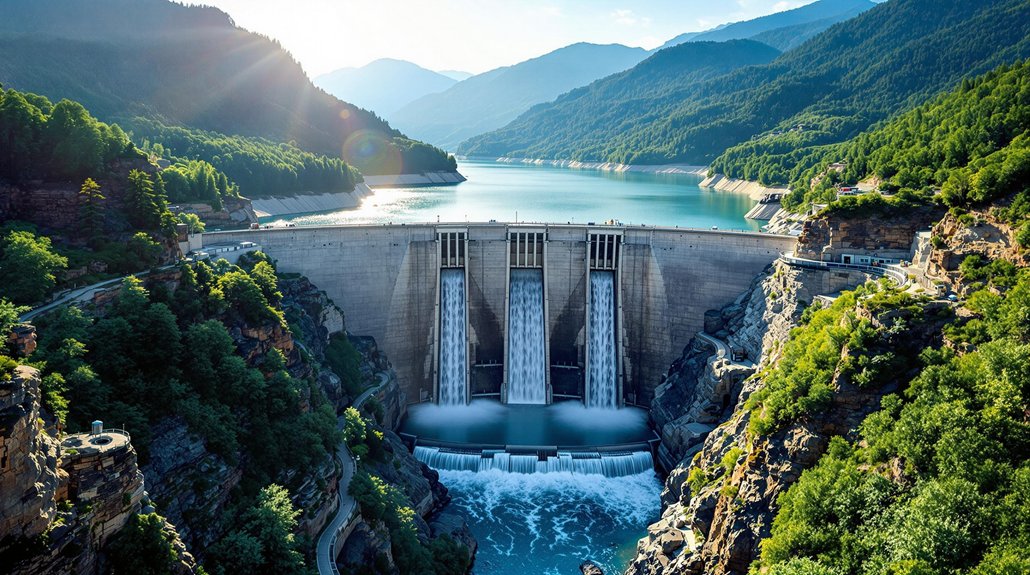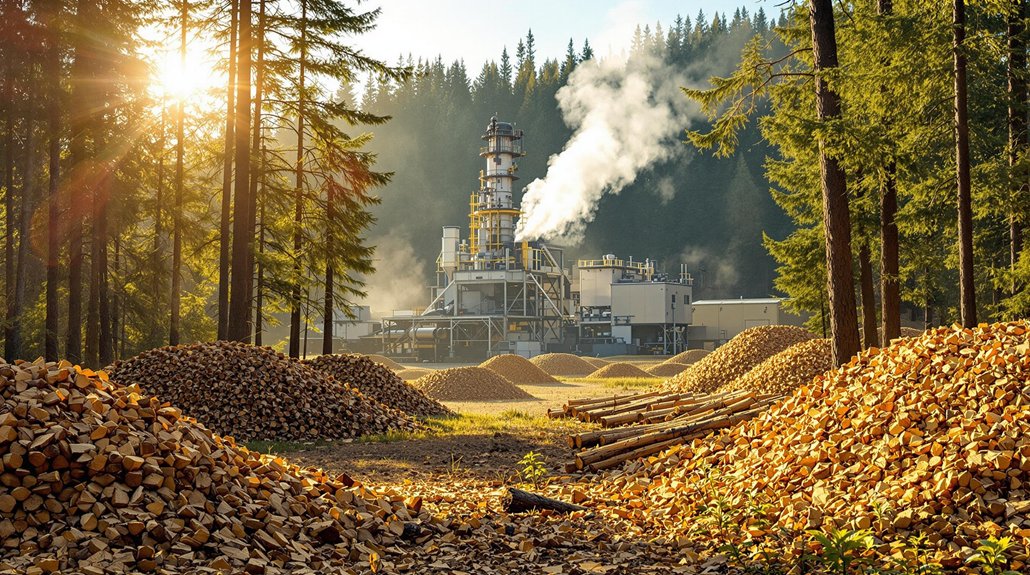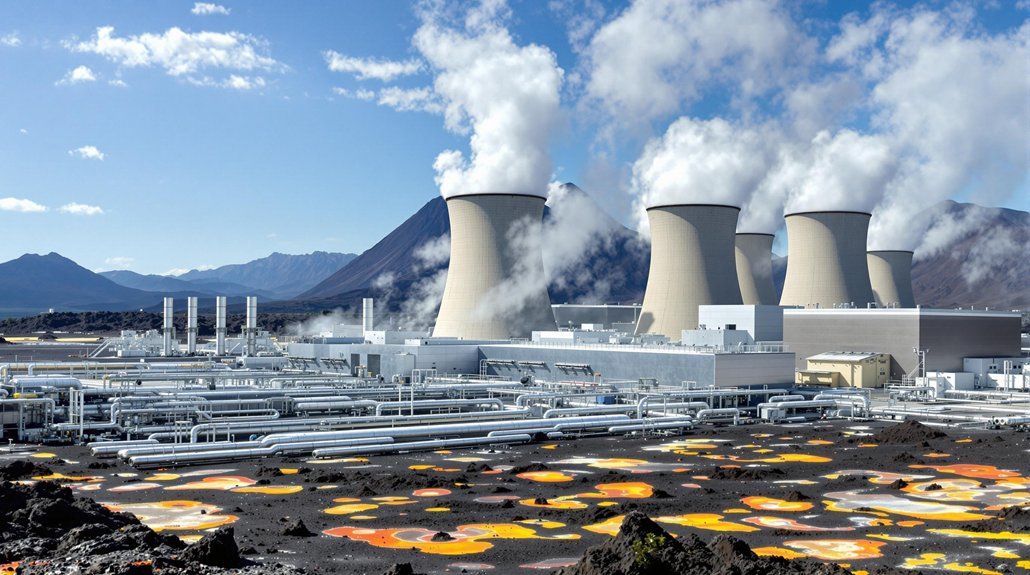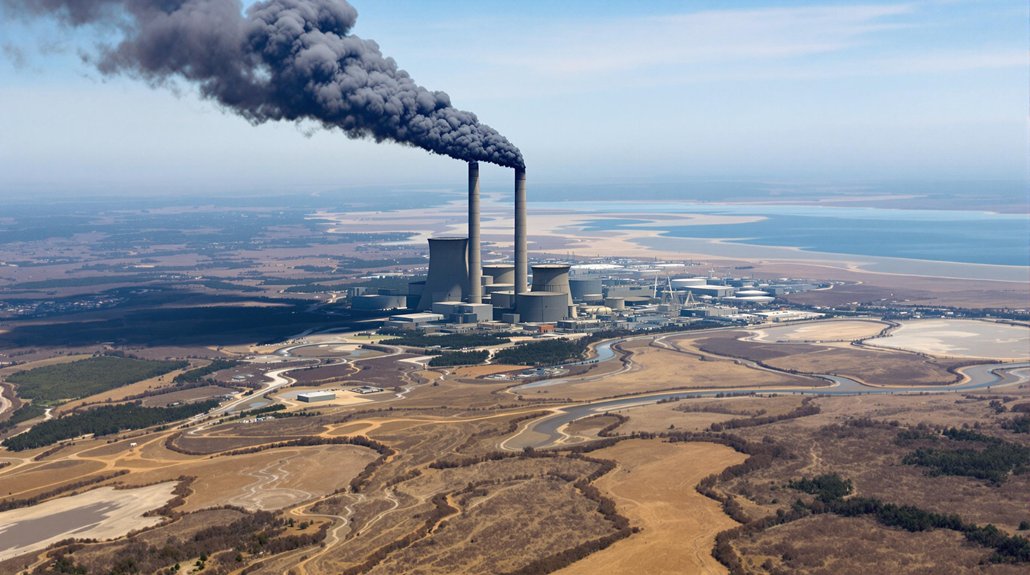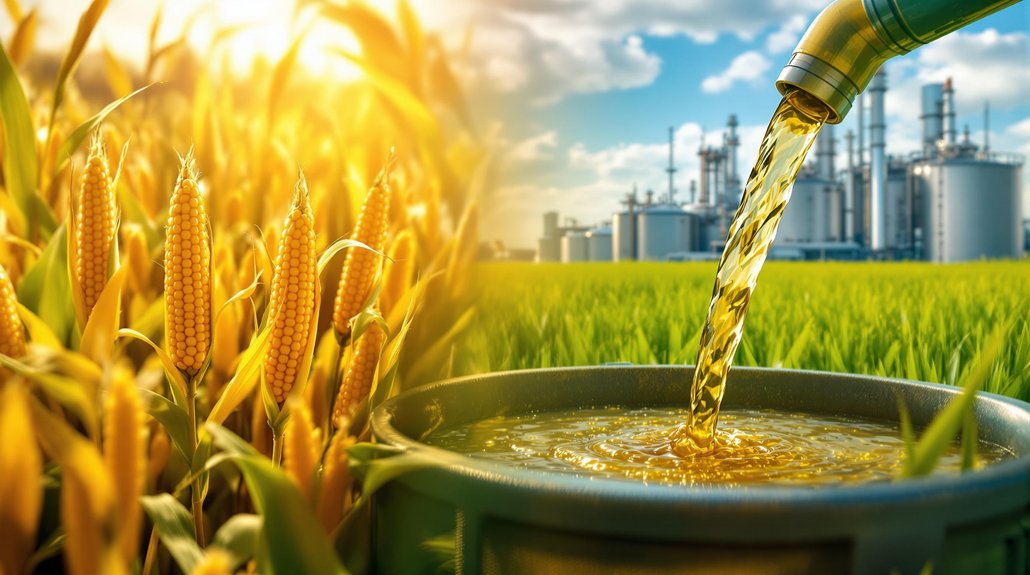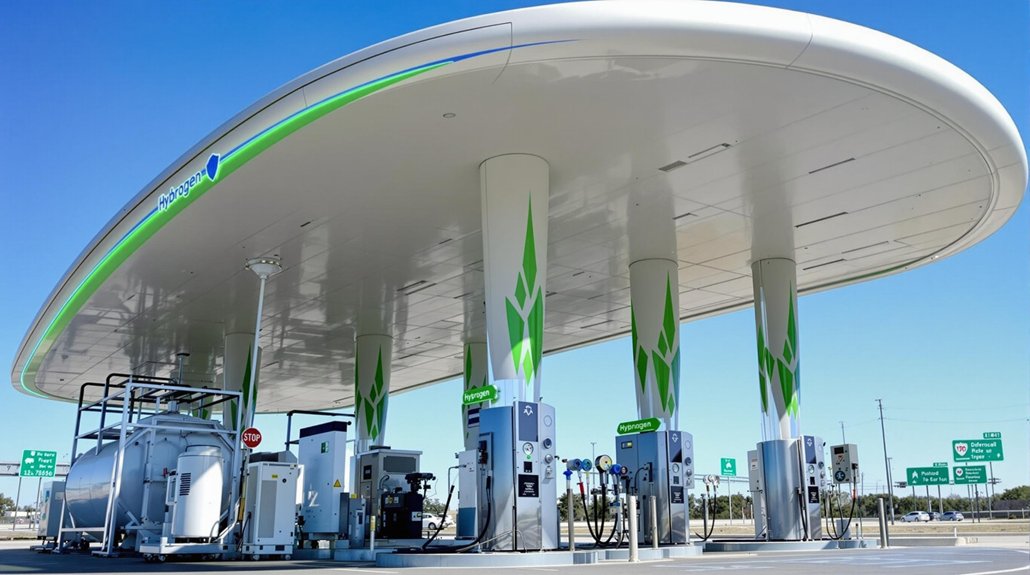Hydroelectric energy offers mixed sustainability. It produces clean, renewable electricity with no direct carbon emissions during operation. Plants can last 50-100 years with high efficiency rates and low ongoing costs. However, dams disrupt ecosystems, displace communities, and sometimes release methane gas. Modern developments include fish-friendly turbines and smaller-scale alternatives that reduce environmental impacts. The balance of economic benefits against ecological and social concerns varies greatly by project size and location.
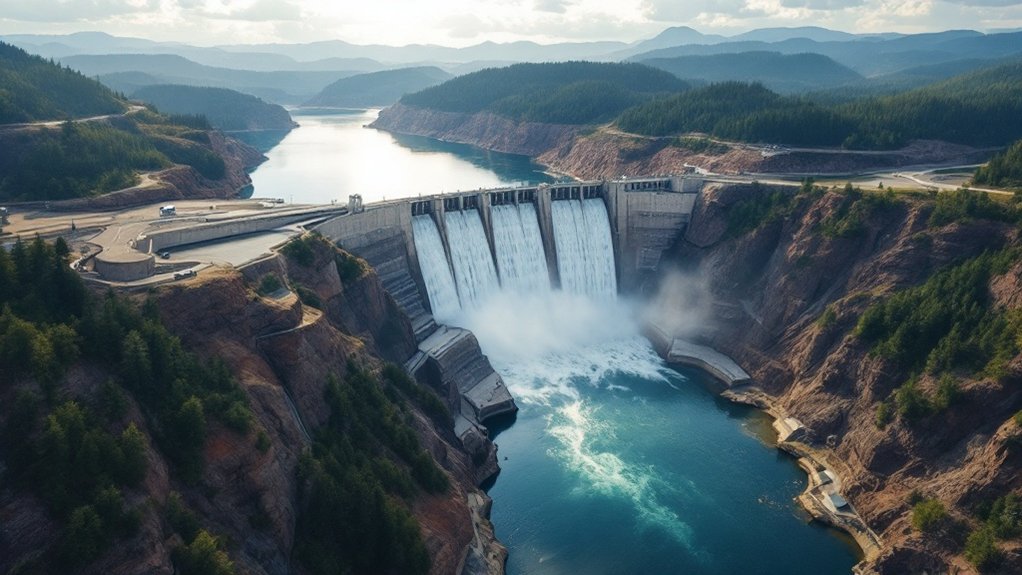
While countries worldwide search for clean energy solutions, hydroelectric power remains one of the oldest and most widely used renewable resources. Unlike fossil fuels, hydroelectric dams produce no direct carbon emissions during operation. This clean energy source can last 50-100 years, providing reliable baseload power that helps stabilize electrical grids and integrate other renewables like wind and solar.
Hydroelectric projects serve multiple purposes beyond electricity generation. They regulate water flow, helping prevent floods and storing water for irrigation and drinking. During droughts, these reservoirs provide essential water supplies, though they can sometimes worsen water scarcity in certain regions. Hydropower facilities located in the headwaters of basins offer optimal management of water resources throughout river systems.
Dams protect against floods while providing irrigation and drinking water, despite occasionally exacerbating regional water shortages.
The economic picture is complex. Dams require enormous upfront investments but have low operational costs over their long lifespans. Modern hydroelectric plants can achieve efficiency rates of up to 90%, making them highly cost-effective over time. They create jobs during construction and operation while opening opportunities for tourism and recreation around reservoirs.
Despite these benefits, hydropower raises significant environmental concerns. Dams alter river ecosystems and block fish migration routes, threatening native species. The construction of large dams has been shown to fragment habitats for approximately 10,000 freshwater species. Reservoirs can release methane, a powerful greenhouse gas, as submerged vegetation decomposes. They also change land use patterns, sometimes flooding valuable habitats.
Social impacts can’t be ignored. Large dam projects have displaced millions of people worldwide, disrupting traditional livelihoods and threatening cultural heritage sites. However, they’ve also brought electricity to remote rural areas, improving quality of life.
Modern technology is addressing some concerns. New fish-friendly turbines help protect aquatic life, while improved sediment passage techniques maintain river health. Small-scale and run-of-river systems offer less disruptive alternatives to massive dams.
Policy frameworks increasingly emphasize sustainability. International agreements now govern transboundary water resources, while certification schemes help identify responsibly managed projects. Indigenous rights and stakeholder engagement are becoming standard practice.
The sustainability of hydroelectric energy isn’t straightforward. It offers significant renewable energy benefits but comes with environmental and social tradeoffs that vary by location. Each project requires careful assessment of these complex factors.
Frequently Asked Questions
How Do Floating Solar Panels Work With Hydroelectric Dams?
Floating solar panels work alongside hydroelectric dams by being installed on the reservoir’s surface.
They’re mounted on buoyant platforms anchored to the reservoir bottom. These panels generate electricity while reducing water evaporation by up to 70%.
They’re more efficient due to water cooling effects and utilize existing transmission lines.
When combined with hydropower, they create a balanced energy system—solar produces during sunny days while hydro provides power when needed.
Can Hydroelectric Facilities Provide Emergency Water During Droughts?
Hydroelectric facilities can provide emergency water during droughts.
The U.S. Army Corps of Engineers may supply temporary water for human consumption from their reservoirs when requested by state governors. This assistance lasts up to 30 days but can be extended.
It’s a last-resort measure requiring 100% non-federal funding. The water can’t be used for livestock, irrigation, or firefighting, and mustn’t interfere with other authorized project purposes.
What’s the Typical Lifespan of a Hydroelectric Dam?
Hydroelectric dams typically last between 50 and 100 years. Well-maintained dams can exceed 100 years of operation.
Many U.S. dams built between 1930 and 1970 are now reaching the end of their design life. A dam’s longevity depends on regular maintenance, environmental conditions, and construction quality.
After about 50 years, dams often need more repairs and face issues like sediment buildup and outdated technology.
How Do Fish Ladders Help Wildlife Navigate Around Dams?
Fish ladders help wildlife by creating a series of stepped pools that mimic natural river conditions.
They’re designed with specific water flows and depths that allow fish to swim upstream past dams. These structures include resting areas and use “attraction flows” to guide fish to the entrance.
Different designs exist for various species. When effective, fish ladders enable up to 97% of certain salmon species to reach their spawning grounds upstream.
Are Microhydro Systems Feasible for Residential Properties?
Microhydro systems can work well on residential properties with the right conditions.
They need at least 3 feet of vertical water drop and 20 gallons of flow per minute. These small systems typically generate between 100W and 5kW of electricity.
While initial costs range from $1,000-$20,000, they often pay for themselves within 5-10 years.
They’re eco-friendly and can run continuously when water flow is consistent.
